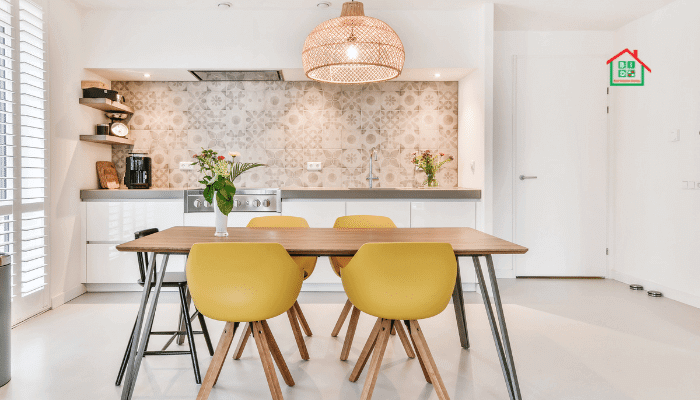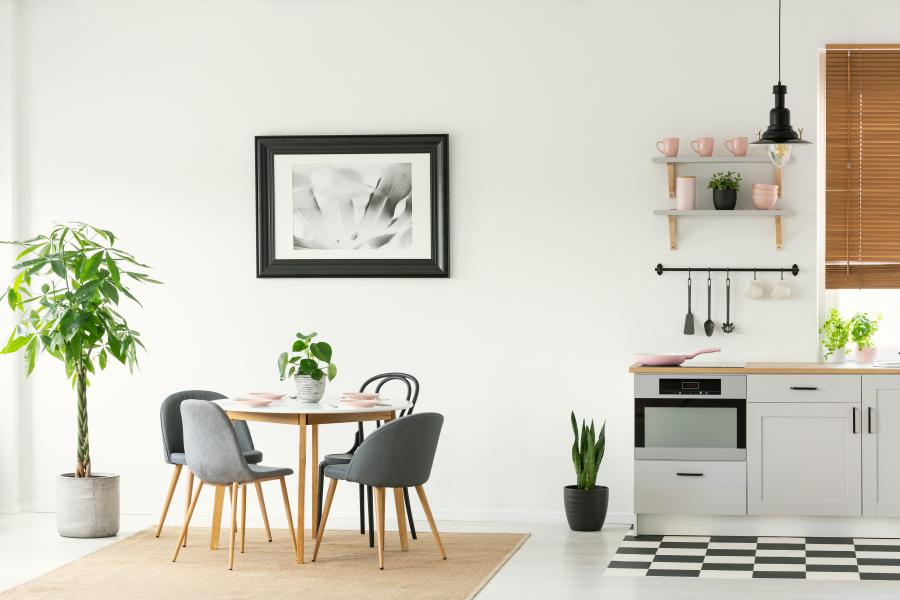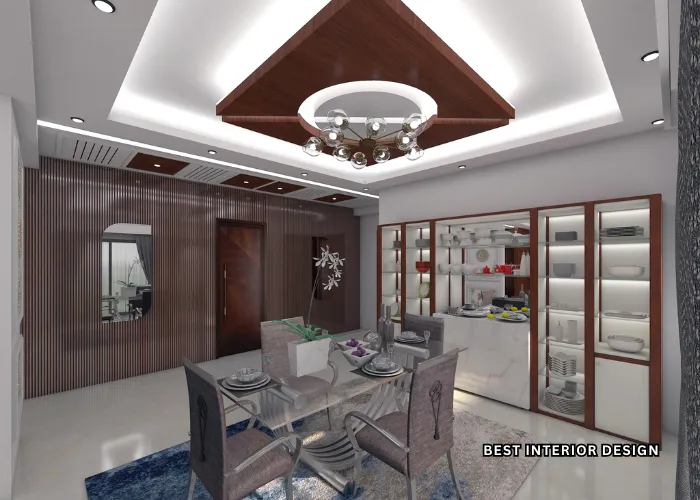The dining room is is more than just a place to eat; it’s a space for gathering, entertaining, and making lasting memories with loved ones. Whether you’re hosting formal dinner parties or enjoying casual meals with family, exploring dining room ideas and implementing them in the design of your dining room plays a significant role in creating the right atmosphere.
From choosing the perfect dining table to selecting lighting fixtures and decor, there are countless ways to transform your dining area into a stylish and inviting space that reflects your personality and lifestyle.
Choosing the Right Dining Room Layout
When it comes to designing your dining room, the layout is key. Consider the size and shape of your space, as well as how you plan to use it. For smaller rooms, a round or square table may be more practical, while larger rooms can accommodate rectangular or oval tables. Think about traffic flow and ensure there’s enough space for chairs to be pulled out comfortably.
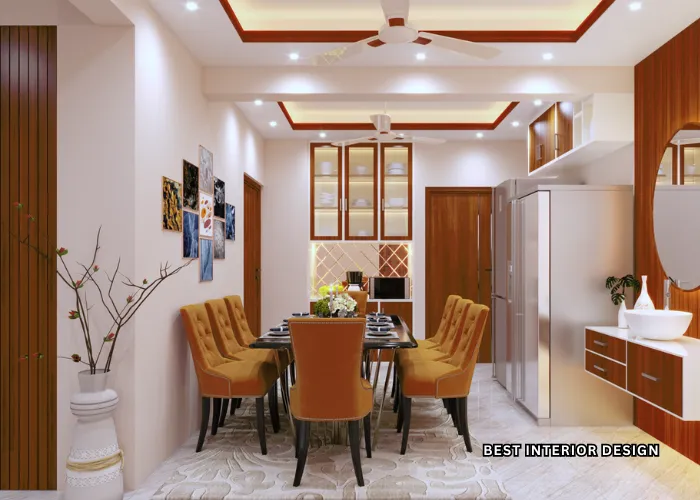
Selecting the Perfect Dining Table
The dining table is the focal point of any dining room, so it’s essential to choose one that not only fits your space but also complements your style. Rectangular tables are classic and versatile, while round tables encourage conversation and create a cozy atmosphere. Consider the material as well; wood tables add warmth and character, while glass tables lend a modern touch.
Shape & Size of Dining Table
The shape and size of your dining table will depend on the size of your dining room and the number of people you typically have at your dinner parties. If you have a large dining room, you can opt for a rectangular or oval-shaped table. If you have a smaller dining room, a round or square table would be a better option.
4 – seater dining table is 1.25m x 0.8m (4’-0’’ x 2’-6’’),
6 – seater dining table is 1.87m x 0.8m (6’-0’’ x 2’-6’’),
8 – seater dining table is 2.5m x 0.8m (8’-0’’ x 2’-6’’), and the standard size for a chair is 0.45m x 0.45m (1’-5’’ x 1’-5’’).
Color Schemes and Themes
The color scheme you choose can have a significant impact on the atmosphere of your dining room. Soft, neutral tones create a calming ambiance, while bold colors make a statement. Consider incorporating a theme, such as coastal or farmhouse, to tie the room together and add visual interest.
Chairs and Seating Arrangements
When selecting dining chairs, comfort is key, but don’t forget about style. Mix and match different chair styles for an eclectic look, or opt for matching chairs for a more cohesive feel.
Experiment with seating arrangements, such as bench seating or a combination of chairs and a bench, to maximize seating capacity without overcrowding the space.
Lighting Solutions for Ambiance
The right lighting can transform the mood of your dining room. Consider a statement chandelier for a touch of elegance or pendant lights for a more modern look. Dimmer switches allow you to adjust the brightness according to the occasion, whether it’s a romantic dinner for two or a lively gathering with friends.
Budget-Friendly Tips and DIY Ideas
Designing a stylish dining room doesn’t have to break the bank. Look for budget-friendly decor items at thrift stores or online marketplaces, and consider tackling DIY projects like painting furniture or creating your own artwork.
Modern vs. Traditional Dining Room Designs
Whether you prefer sleek, minimalist design or classic, timeless elegance, there’s a dining room style to suit every taste. Mix and match elements from both modern and traditional design styles to create a unique and personalized space that reflects your individual aesthetic.
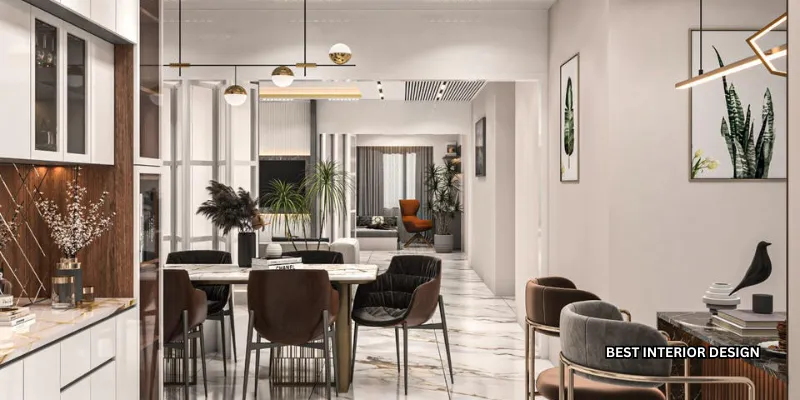
Small Dining Room Solutions
Even if you’re working with a small space, there are plenty of ways to make your dining room feel stylish and functional. Opt for space-saving furniture like extendable tables or stackable chairs, and use mirrors to create the illusion of more space.
Outdoor Dining Spaces
Take advantage of outdoor space by creating a dedicated dining area on your patio or deck. Invest in durable outdoor furniture and accessories, and consider adding a pergola or umbrella for shade. Create a seamless transition between indoor and outdoor dining areas by using similar decor and color schemes.
Conclusion
Designing the perfect dining room is all about balance—balancing style and functionality, comfort and aesthetics. By carefully considering your space
FAQ
How do you build a perfect dining room?
To create the perfect dining room, start with the right furniture: a sturdy table that fits your space, comfortable chairs, and perhaps a buffet or sideboard for storage. Choose a color scheme that promotes relaxation and appetite, like soft neutrals or warm tones.
Lighting is key; opt for a mix of overhead fixtures and ambient lighting to set the mood. Incorporate natural elements like plants or flowers to add freshness. Personalize the space with artwork or decor that reflects your style and interests.
Keep it clutter-free for ease of movement and visual appeal. Lastly, ensure comfort with soft textiles such as rugs or curtains. With attention to detail and your unique preferences, you’ll create a dining room perfect for gatherings and everyday enjoyment.
What size room for a dining room?
The size of a dining room typically depends on the number of people it will accommodate comfortably and the desired layout. As a general rule, allow at least 24-30 inches of table width per person, and ensure there’s ample space around the table for chairs to be pulled out and for movement.
For a rectangular table, aim for a room that is at least 10 feet by 12 feet for a cozy setting and up to 14 feet by 18 feet for a more spacious feel. Square tables require slightly less space, while circular tables need more room due to their diameter.
Consider additional space for other furniture like a buffet or sideboard. Ultimately, the size should balance between accommodating your dining needs and leaving enough room for comfortable movement and aesthetics.
